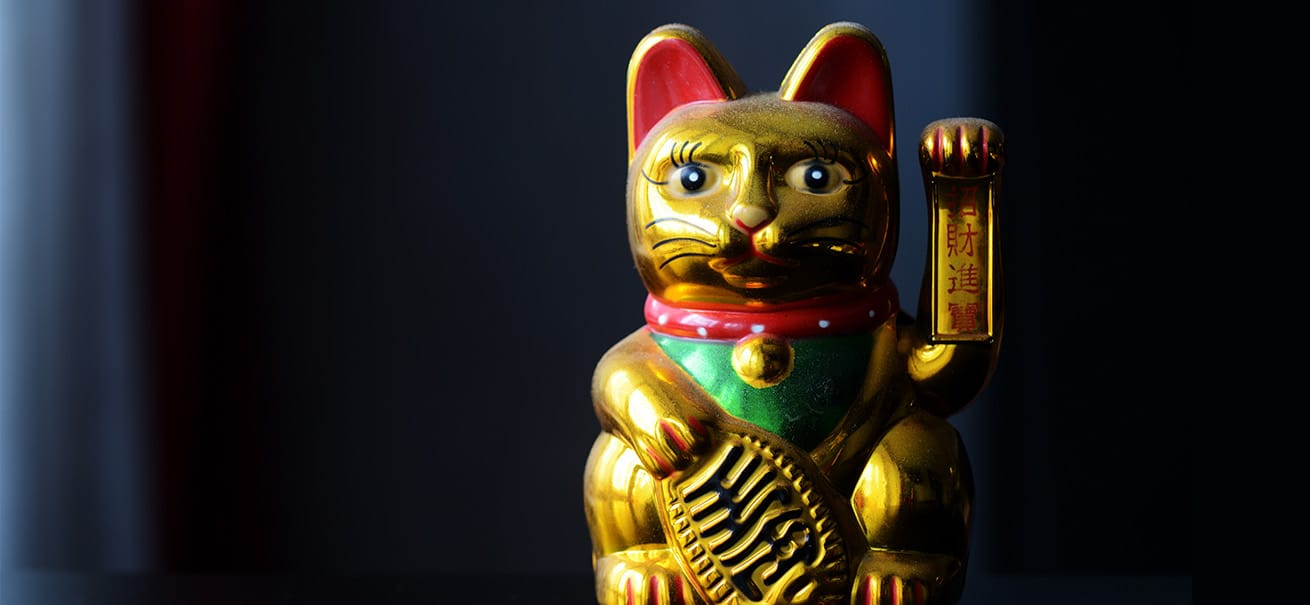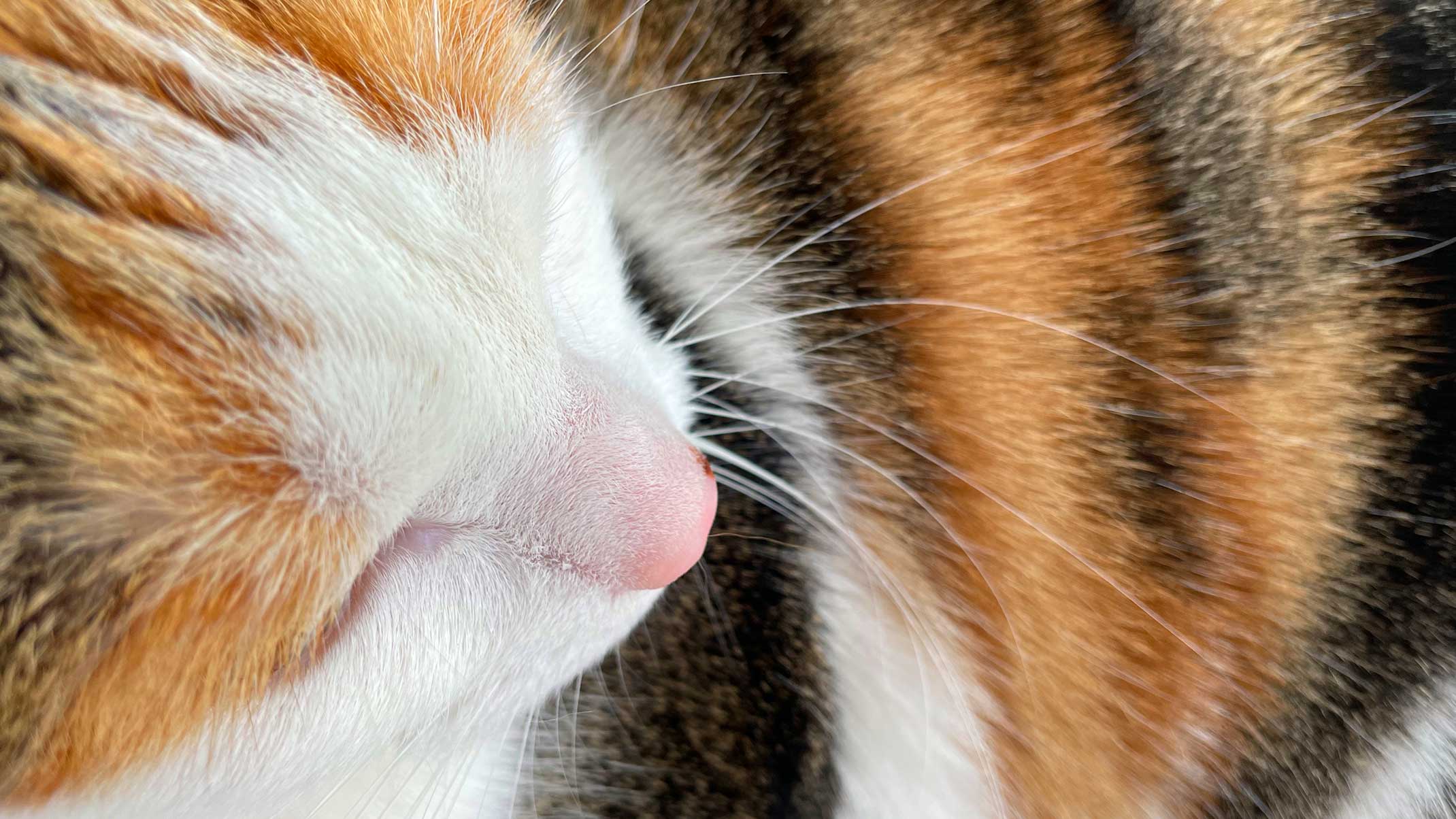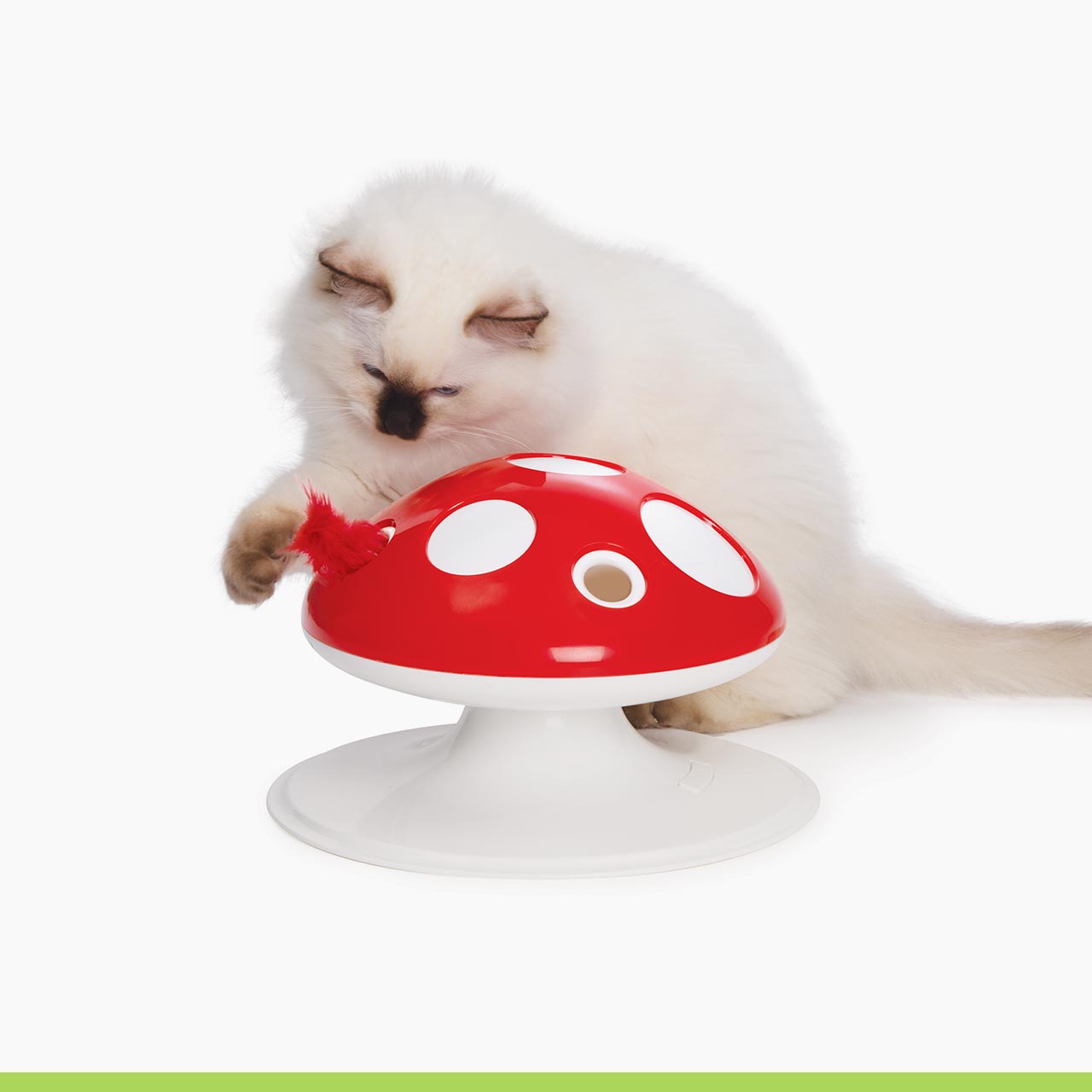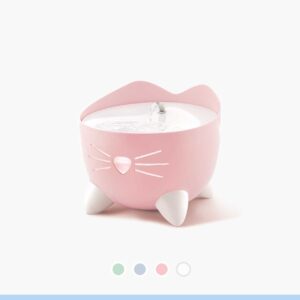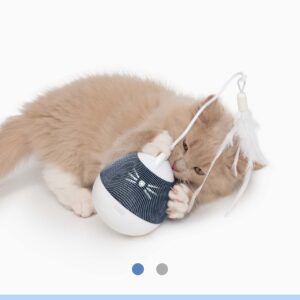In this article
Unique colors
The calico cat is not a specific breed, but simply the name of a coat color type. Any cat that is white with black and orange patches on their fur is referred to as being a calico. The white part typically takes up 25% to 80% of the body, while the rest is filled in with colorful patches. You can find calico cats in many cat breeds such as the Domestic Shorthair, British Shorthair and Longhair, Maine Coon, and many more breeds.
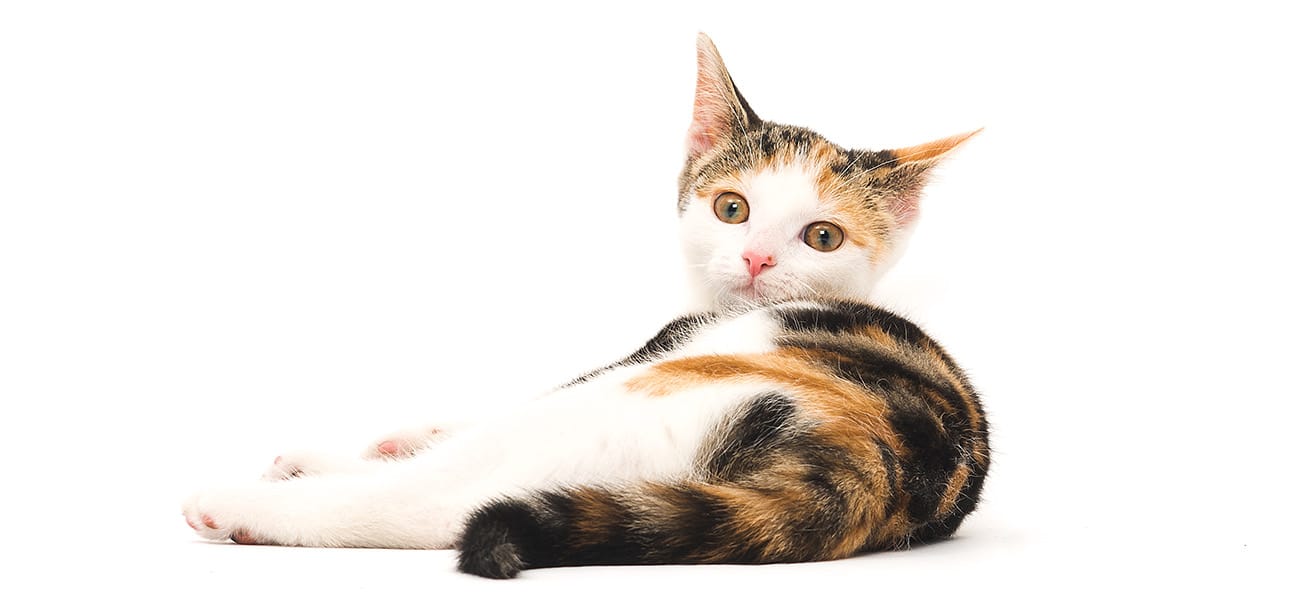
Different shades, different names
In total, 3 different types of calico pattern exist. There’s the traditional calico, whose patches are solid black and orange. When a cat’s calico coloration is combined with a tabby patterning, they are called ‘caliby’ rather than calico. Finally, some calico’s spots are blue and cream rather than black and orange. These stunning felines are referred to as ‘diluted calico’ or ‘calimanco’, the latter meaning ‘clouded tiger’.
What’s in a name?
Calico cats get their name from a specific type of cotton fabric. The calico fabric originated in Calicut, India, (hence its name) but after it was imported into the USA in the 1780s, Americans started to use the term calico to refer to printed fabric designs in general. As a calico cat’s patches almost seem to be printed on their white fur, the connection was made and the term “calico cat” was born. Calico cats are also called brindle, tricolor, tobi mi-ke (Japanese for “triple fur”) and lapjeskat (Dutch for “patches cat”).

No male cats allowed?
You might already have heard the rumor that all calico cats are female. Well, this is one of those rumors that actually turn out to be (almost) true! 99.9% of all calico cats are indeed female, and here’s why:
Like humans, female cats have two X chromosomes (XX) and male cats have an X and a Y chromosome (XY). It is the X chromosome that determines which color your cat has. However, although many colors can be combined, black and orange can never be combined within the same X chromosome. Since male cats typically only have 1 X chromosome, they can never have both black and orange fur. Female cats, however, can be both orange and black, as they can have orange in one X chromosome and black in the other. Calico cats should therefore always be female. However, there is one exception. Some male cats have one Y chromosome and two X chromosomes (XXY), which is a rare condition that’s called Klinefelter’s syndrome. These rare male cats can have calico colors, but will unfortunately almost always be sterile. Apart from this small inconvenience, they can however live happy, healthy lives! So, if you are the proud parent of a male calico cat, know that he’s a real treasure!
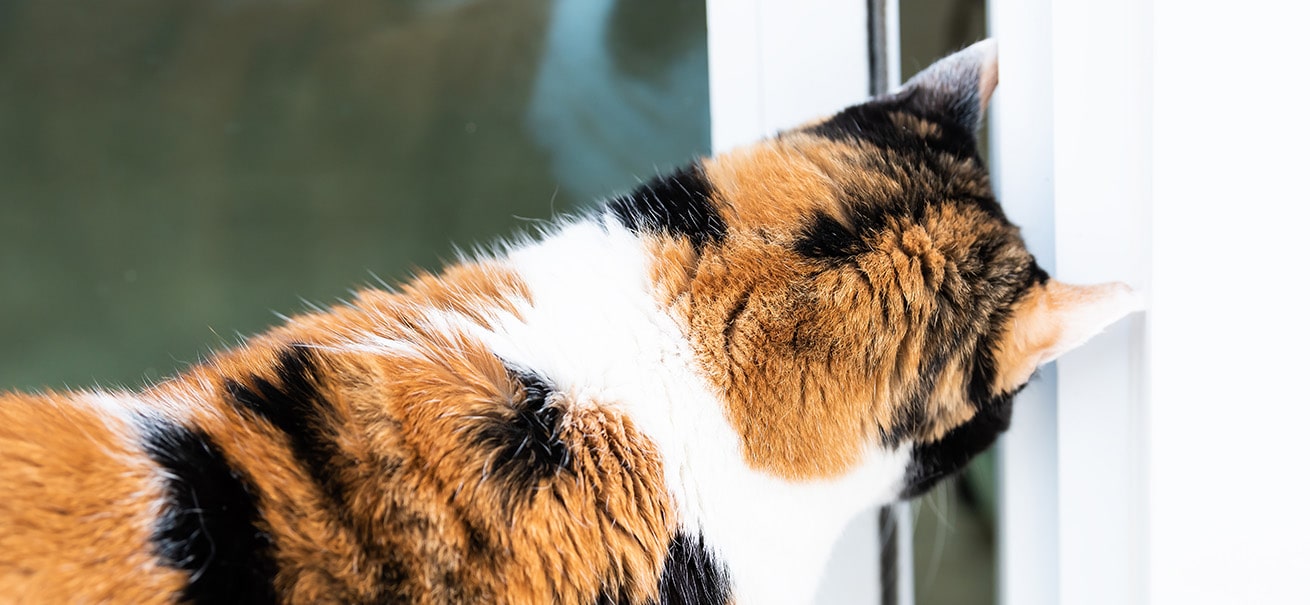
Your personal good luck charm
There are many superstitions surrounding the calico cat. However, in contrast to the superstitions about black cats, the ones about calico cats are all positive!
In many cultures, calico-colored cats are believed to bring good luck!
In the United States, calicos are sometimes referred to as money cats. Did you know that they even are the official state cat of Maryland? The calico was chosen ad their colors match those of the state bird, the Baltimore oriole, and the state insect, the Baltimore checkerspot butterfly.
In Japan, the Maneki-neko figures usually are calico cats. Maneki-neko figures are those famous beckoning cat figurines that often have a solar-powered movable paw. In Japan, they are often seen in shop windows, encouraging consumers to enter. These adorable calico-colored statues, as well as their real-life counterparts, are believed to bring money, fortune and good luck. Even the toughest Japanese sailors often had a calico cat on their ship to protect them against misfortune at sea.
In Ireland, there is a remarkable legend, stating that calico cats will cure your warts. You are supposed to rub a calico cat’s tail on your warts in the month of May, and your warts should disappear like smoke! Poor calico though…
